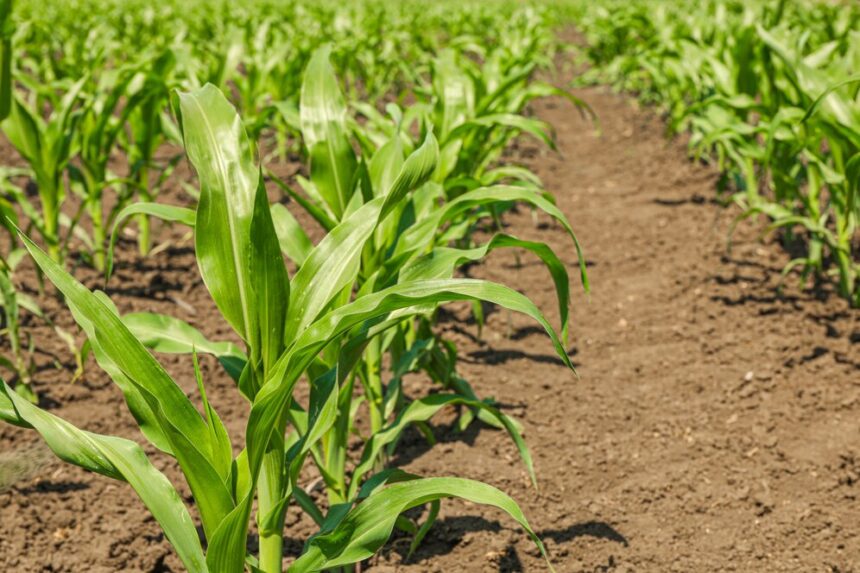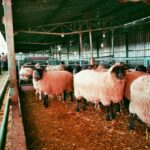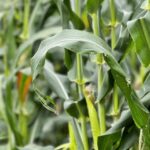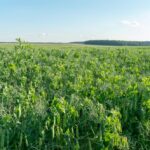Maize is a staple crop in South Africa, particularly in the Free State province, which is known for its vast agricultural landscapes and suitable climate for growing maize. To ensure a successful maize harvest, it’s crucial to follow a planting calendar that aligns with the region’s weather conditions and optimal planting times. This guide will help farmers in the Free State achieve maximum yield by planting maize at the right time and using the best practices.
1. Understanding the Climate of Free State
The Free State province experiences a semi-arid climate with warm summers and cold winters. Rainfall is primarily seasonal, typically from October to April, which is the critical period for maize growth. The province’s climate can be both an asset and a challenge, making the timing of planting crucial for avoiding drought stress or excessive rainfall.
2. Ideal Planting Time
For optimal maize growth in the Free State, the best time to plant is usually from October to December. This period falls within the summer rainy season, which provides the necessary moisture for germination and early growth.
- Early Season (October-November): Planting early allows the maize to take full advantage of the summer rains. Early planting helps to avoid the peak of the hottest months (January and February), reducing the risk of heat stress during pollination.
- Late Season (December): Planting can continue into December for a later crop, but the risk of dry conditions toward the end of the growing season increases. For this reason, late planting is often reserved for irrigated fields or areas where rainfall is more predictable.
3. Soil Preparation and Fertilization
Before planting, it’s important to prepare the soil by testing its nutrient content. Maize requires soil that is rich in nitrogen, phosphorus, and potassium. Applying the right amount of fertilizers based on soil test results ensures that the plants receive the nutrients they need for healthy growth.
- Soil pH: Maize thrives in soil with a pH between 5.5 and 7.0. If the soil pH is too low or high, corrective measures should be taken, such as adding lime to increase pH or sulfur to decrease it.
- Tillage: Deep tillage is recommended to loosen the soil and promote good root growth. However, conservation tillage methods may also be used to preserve soil moisture.
4. Planting Depth and Spacing
The planting depth of maize should be between 4 to 6 cm. Planting too deep can delay germination, while planting too shallow may expose seeds to the elements.
- Spacing: Rows should be spaced about 75 cm apart, with a plant spacing of approximately 25 cm within the rows. This spacing allows for proper air circulation and sunlight penetration, which are vital for healthy plant growth.
5. Water Management
Maize is highly sensitive to water stress, especially during critical growth stages like germination, flowering, and grain filling. In the Free State, where rainfall can be unpredictable, it’s essential to monitor soil moisture regularly.
- Rainfall: If the region receives adequate rainfall during the growing season, additional irrigation may not be necessary. However, for areas with less rainfall or during drought periods, supplementary irrigation is vital.
- Watering Schedule: Ensure that the maize plants receive consistent water during the early growth stages and more during flowering. Avoid overwatering, which can lead to waterlogging and root damage.
6. Pest and Disease Management
Maize in the Free State is prone to pests like stalk borers and diseases such as maize streak virus and rust. To manage these threats:
- Pest Control: Regular scouting for pests is crucial, and pesticides should be applied as needed. Biological control methods, such as introducing natural predators, can also be effective.
- Disease Prevention: Crop rotation is an excellent practice to prevent the buildup of soil-borne pathogens. Plant resistant maize varieties and follow recommended fungicide applications for disease control.
7. Harvesting Time
Maize typically matures about 5 to 6 months after planting, depending on the variety and environmental conditions. In the Free State, maize should ideally be harvested between March and April. Harvesting at the right time ensures the grain is fully mature and has reached the correct moisture content for storage.
- Moisture Content: The ideal moisture content for harvesting maize is between 18% to 20%. If the grain is too moist, it could spoil during storage, and if it’s too dry, it may result in reduced quality.
8. Post-Harvest Management
After harvesting, it’s essential to dry the maize properly to prevent mold and spoilage. Store maize in cool, dry, and well-ventilated conditions to maintain its quality.
By following a carefully planned planting calendar, farmers in the Free State can ensure optimal growth and yields for their maize crops. Starting the planting process in late spring, preparing the soil adequately, managing water effectively, and staying on top of pest and disease control are all key to a successful maize season. Understanding the local climate and adjusting practices as needed will help achieve a bountiful harvest that supports both food security and economic stability in the region.
Join 'Farmers Mag' WhatsApp Channel
Get the latest Farming news and tips delivered straight to your WhatsApp
CLICK HERE TO JOIN






